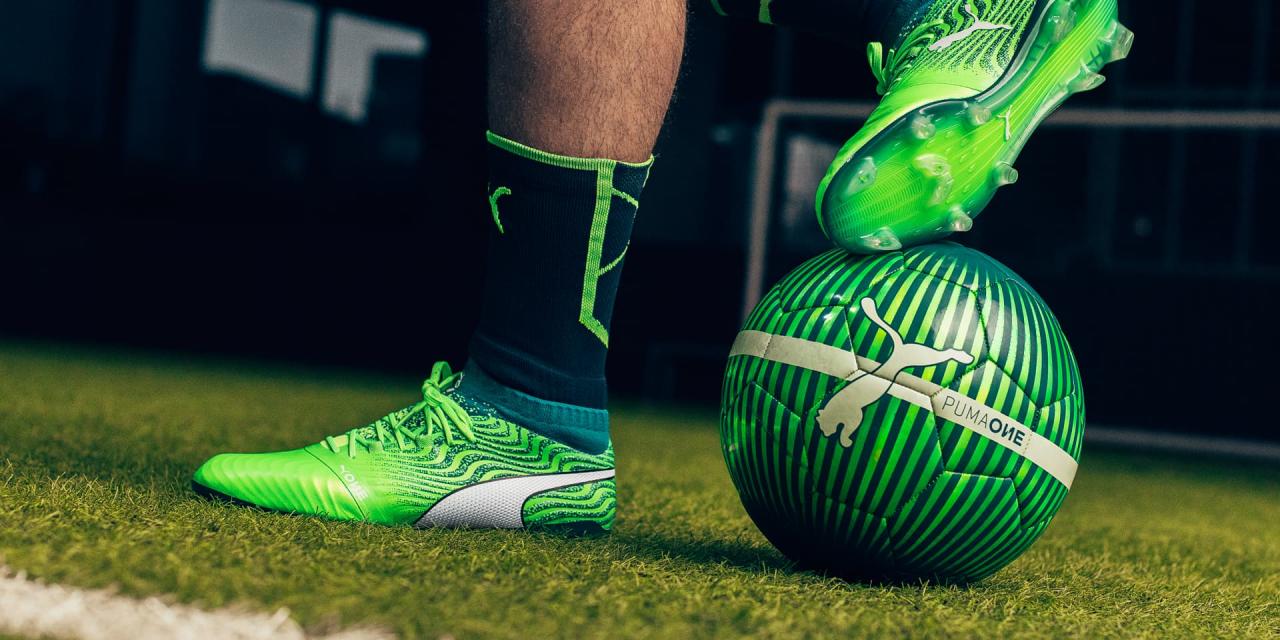

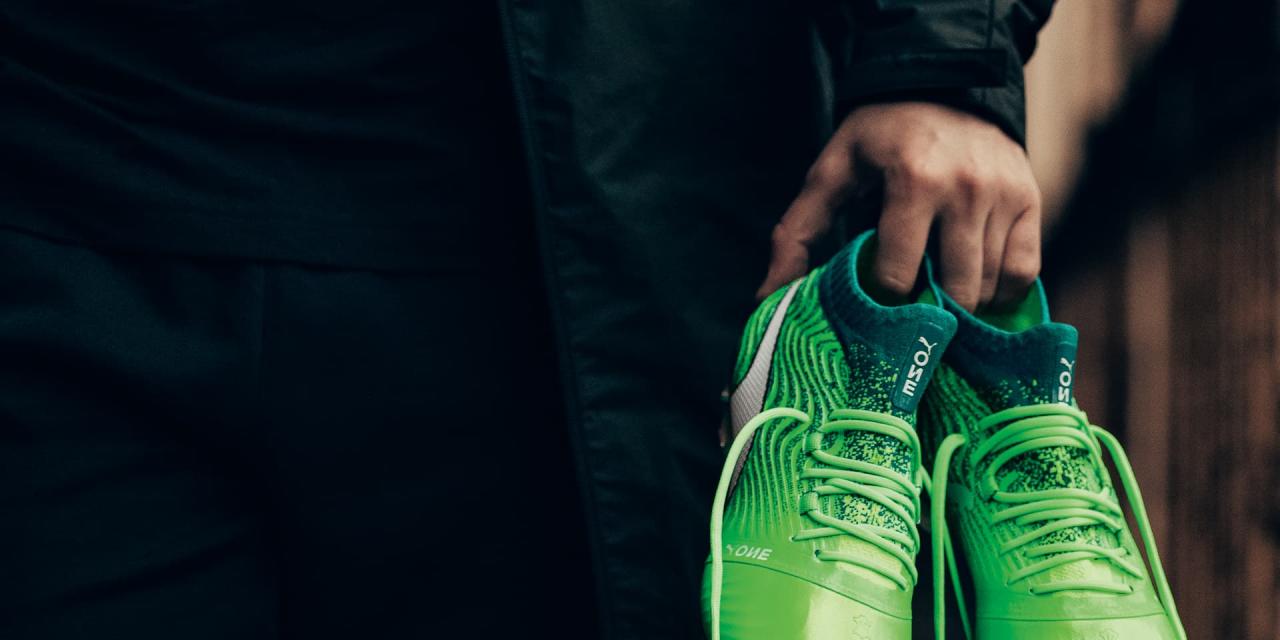
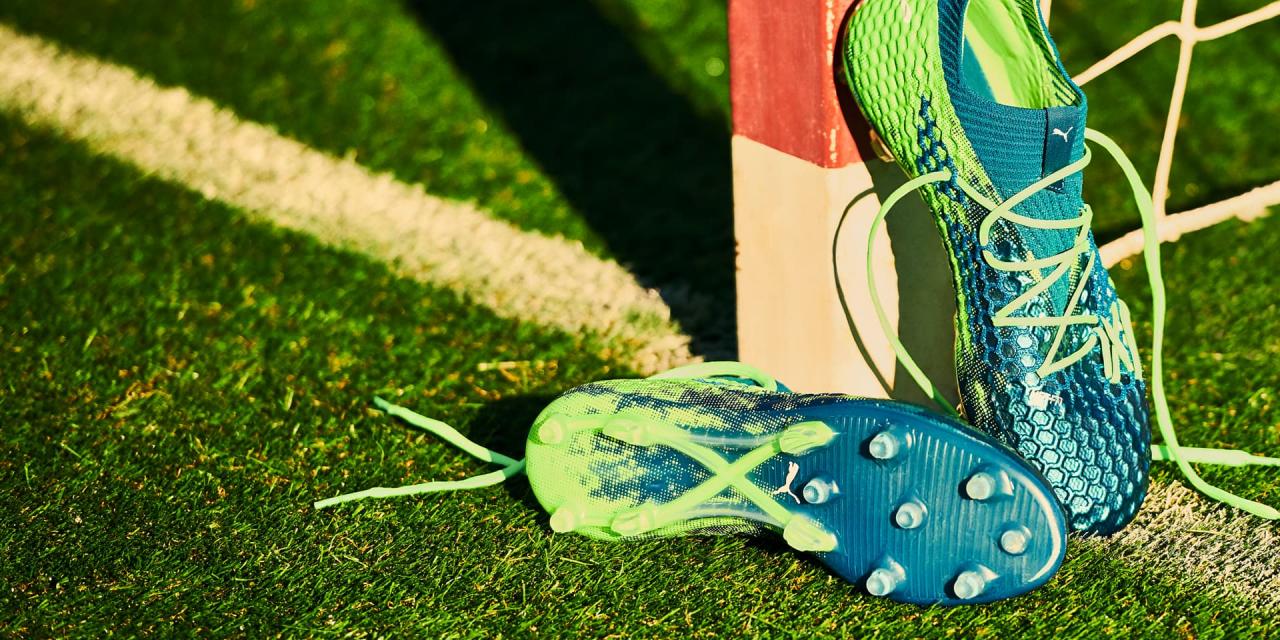
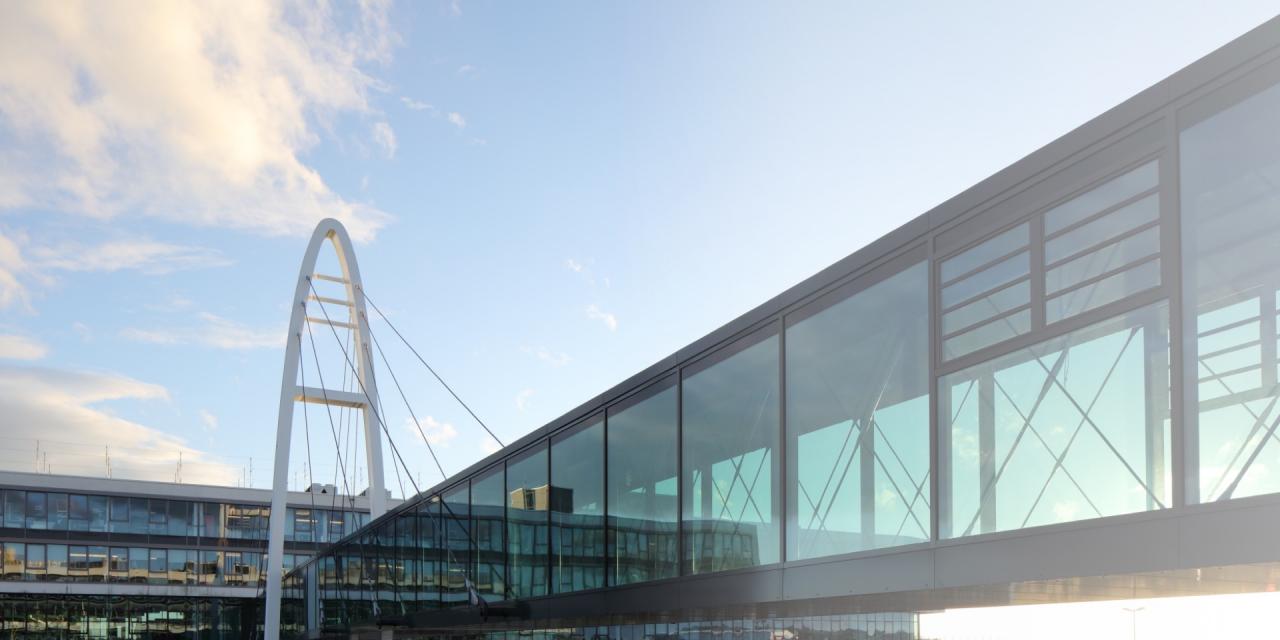
Consolidated sales up 43%
Highlights Q4
- Consolidated sales up 43%
- Gross profit margin at 48%
- Operating profit better than expected
- EPS at € 2.03 versus € 2.76
Highlights January – December
- Global brand sales at record € 2.8 billion
- Consolidated sales up 34% reaching almost € 2.4 billion
- Gross profit margin still on a high level at almost 51%
- EBIT margin at 15.5% better than expected
- EPS at € 16.39 compared to € 17.79
Outlook 2007
- Orders up 10% reaching more than € 1.1 billion
- Management expects new record-high for sales and earnings
PUMA continued its success story in the 2006 financial year, and finished the first year of Phase IV of its long-term corporate development better than expected. Overall, the previous financial year saw the integration of seven license markets into the PUMA Group – Japan (Apparel), Taiwan China, Hong Kong, China, Argentina, Mexico and Canada – and three of the announced seven new product categories have already been launched successfully.
Worldwide brand sales climbed by over 16% to € 2.8 billion in financial year 2006. Consolidated sales jumped over the 2 billion hurdle for the first time, growing currency adjusted by 34% to just under € 2.4 billion. At 50.6%, the gross profit margin remained at a very high level. Operating profit reached € 366 million and significantly exceeded original expectations. Earnings per share were € 16.39, compared to € 17.79 in the previous year. The PUMA share closed the year at € 295.67, posting another value increase of 20%. Market capitalization was € 4.8 billion.
Highlights Q4
In Q4, consolidated sales increased currency neutral 43.3% to € 480.6 million. Footwear rose by 30.3% to € 273.2 million, Apparel by 79.4% to € 177.4 million and Accessories by 16.9% to € 29.9 million. All regions contributed to the growth: EMEA sales increased 12.8%, America was up by 37.2% and Asia/Pacific significantly by 151.7%. The gross profit margin was at 47.7% 230 basis points below last year as expected. SG&A increased from 36.7% to 39.0% of sales. Pre-tax profit amounts to € 43.3 million versus € 56.5 million in last year’s quarter. Earnings per share were at € 2.03 compared to € 2.76.
Sales and Earnings Development 2006
Global brand sales at record € 2.8 billion
The worldwide PUMA brand sales, comprised of consolidated and license sales, rose significantly by 15.4% to € 2.8 billion. This corresponds to currency adjusted growth of 16.1%. In terms of segments, Footwear sales improved by 14.8% to € 1,512.9 million, Apparel by 18.9% to € 981.9 million and Accessories by 13.5% to € 260.3 million.
Consolidated sales up 34%
PUMA succeeded in significantly increasing its annual consolidated sales for the twelfth consecutive year, and for the first time in its company history exceeded the 2-billion mark. Sales rose currency neutral by 34.0% to a new record of € 2,369.2 million. Excluding new consolidation, currency adjusted sales rose by 12.9%. The Footwear segment posted a 21.6% sales increase to € 1,420.0 million, Apparel contributed to growth with a significant increase of 68.1% to € 795.4 million and Accessories posted an increase of 21.5% to € 153.8 million.
Licensed business
Due to takeovers in a number of license markets which were part of the Phase IV strategy, reported license sales in 2006 decreased to € 385.9 million. On a comparative basis, the remaining license business posted an increase of 16.8%. Overall, royalty and commission income from license sales amounted to € 37.0 million.
Effective expansion of retail operations
Expansion of the Group’s own retailing activities progressed sharply during the 2006 financial year. Overall, the financial year saw the opening of a further twenty-five concept stores. At the year-end, PUMA had ninety-one Concept Stores. Sales from the company’s own retail operations again saw an above-average increase of 39.5% in 2006. Sales grew to € 344.3 million, rising from 13.9% to 14.5% of consolidated sales.
Gross profit margin still on a high level at almost 51%
Changes in the regional and product mix led to a planned reduction of the gross profit margin from 52.3% to 50.6%. Thus, the gross profit margin remains at the upper end of the sporting goods industry. By product segments, the Footwear margin decreased from 52.7% to 50.3% and Apparel from 51.8% to 50.7%. Accessories improved from 50.4% to 53.3%.
Cost structure increases as planned
Total selling, general and administrative expenses rose by 47.6% to € 831.8 million in financial year 2006. The cost ratio increased from 31.7% to 35.1% as planned. This increase is due mainly to higher marketing and retail costs as well as the infrastructure expansion required for implementing Phase IV.
Marketing/Retail expenses increased as planned by 54.3% and stood at € 419.6 million. The cost ratio rose from 15.3% to 17.7% of sales. This increase was due primarily to marketing expenditure for the World Cup, as well as to other marketing and retail expenditures. Product development and design expenses climbed by 35.2% to € 56.7 million, and at 2.4% of sales, remained constant in comparison with the previous year. The remaining SG&A expenses were up by 42.4% to € 355.4 million, or from 14.0% to 15.0% of sales as part of the expansion of the global infrastructure.
Operating profit better than expected
Operating profit (EBIT) reached € 366.2 million after € 397.7 million in the previous year. As a percentage of sales, the operating margin was reduced from 22.4% to 15.5% as planned. The decrease is related to the announced investments in the brand and to the infrastructure strengthening required to achieve the long-term goals of Phase IV. Overall, however, operating profit was significantly above original expectations.
The financial result increased by 21.9% to € 7.9 million and includes interest expense of € 3.1 million for discounted long-term purchase price liabilities (license take-backs). The adjusted interest result yields a rate of return of 3.1% versus previous year’s 1.8%.
Earnings before taxes (EBT) reached € 374.0 million, compared to € 404.1 million in the previous year. Tax expenses were reduced from € 117.2 million to € 108.1 million. At 28.9%, the average tax rate was nearly unchanged compared to the previous year.
Net earnings above € 263 million
At € 263.2 million, net earnings were only 7.9% below the previous year’s level of € 285.8 million, and thus significantly above original expectations. The net return expressed as a percentage of sales was 11.1%, compared to 16.1%. Earnings per share came to € 16.39, compared to € 17.79, and the diluted earnings per share were € 16.31, compared to € 17.68.
Regional Development
Like-for-like, sales in EMEA were up by 5.1% to € 1,158.7 million. Although the difficult economic environment continued in some markets, the region developed better than expected, supported by the World Cup. As planned, due to regional expansion, the EMEA region share in consolidated sales declined from 62.2% to 48.9%. According to product segments, Footwear posted a minor 1.6% decrease, Apparel climbed by 17.4%, and Accessories were up by 7.9%. The gross profit margin was slightly down from 54.3% to 53.8%. The operating margin (EBIT) accounted for 22.0% of sales, after 27.4% in the previous year.
Sales in Americas saw a significant increase to € 724.1 million, which corresponds to a currency neutral growth of 51.8%. Excluding the initial consolidation of Argentina, Canada and Mexico, sales grew by 33.1% on a comparable basis. The share in consolidated sales rose from 26.8% to 30.6 %. Classified by product segment, the strongest growth was posted in Accessories at 61.0%. Footwear was up by 54.3%, and Apparel by 41.8%. Due to the regional expansion and increased key customer business, the gross profit margin decreased from 48.9% to 46.1%. The operating margin was 17.4%, compared to 19.6% in the previous year. The US-market contributed substantially to the overall performance in this region with sales growth of 31.3%. Sales improved significantly from USD 472.4 million to USD 620.2 million.
Asia/Pacific sales reached € 486.5 million; this corresponds to an increase of 154.5% after currency adjustments. Regional expansion in Japan (Apparel), China, Hong Kong, and Taiwan China made a particular contribution to the growth. Excluding initial consolidation, the growth on a comparative basis was 9.3%. Overall, the share of consolidated sales grew from 11.0% to 20.5%. According to product segment, Footwear sales jumped by 58.1%. The strongest growth of 765.4% was achieved in Apparel, due mainly to the initial consolidation of PUMA Apparel Japan. Accessories posted growth of 24.8%.
The gross profit margin increased from 49.5% to 49.8%, and the operating margin climbed to 21.9%, from 21.0% in the previous year.
Net Assets and Financial Position
Strong equity ratio
As of December 31, 2006, the equity ratio reached 61.2% after 66.3% in the previous year. Shareholders’ equity rose by 19.8% from € 875.4 million to € 1,049.0 million, and the balance sheet total climbed by 29.8% from € 1,321.0 million to € 1,714.8 million.
Working capital
Working capital increased by 57.1% to € 401.6 million and accounted for 16.9% of sales, after 14.4% in the previous year. The increase was due mainly to regional and retail expansion. Excluding new consolidation working capital grew by 24.9%. The reason for this growth is due to higher inventories by 26.9% which is mainly related to sourcing related issues, whereby liabilities increased only slightly.
Capex/Cashflow
Capex for own retail operations and current investments totaled € 72.7 million. In addition, investments for acquisitions (license take-backs) amounted to € 81.2 million. These scheduled investments led to a reduction in the free cashflow to € 10.4 million.
Excluding acquisition-related investments, the remaining free cashflow is € 91.6 million or 3.9% of sales.
Dividend
The Board of Management will propose at the Annual Meeting on April 11, 2007 a dividend of € 2.50 per share (previous year: € 2.00 per share) for fiscal year 2006. This would lead to a total profit distribution of € 40.3 million compared to € 31.8 million in the previous year, and an increase in the dividend pay-out ratio from 11.2% to 15.3% relative to net earnings.
Share Buyback
In 2006, PUMA purchased another 230,000 of its own shares for an investment of € 66 million. At year-end, the company held 1,120,000 own shares or 6.5% of subscribed capital as treasury stocks in its balance sheet.
Outlook 2007
Orders volume tops € 1.1 billion
At the 2006 year-end, orders on hand increased for the eleventh consecutive time. Like-for-like, orders rose on a comparative basis by 10.2%, or in Euro by 4.7% to € 1,119.7 million, compared to € 1,069.1 million in the previous year.
In terms of segments, currency adjusted orders for Footwear were up by 6.1% to € 716.8 million, Apparel orders climbed by 20.3% to € 340.2 million, and Accessories rose by 9.0% to € 62.7 million.
Development in the regions as of year-end was as follows: Currency adjusted, orders in EMEA region were up by 6.2% to € 652.7 million, despite last year’s World Cup effect. The Americas region posted currency adjusted growth of 4.6% to € 271.2 million. Orders on hand for the US-market totaled USD 245.8 million, compared to USD 261.9 million in the previous year. The decline in last year’s comparison is mainly due to the higher basis effect and to a planned reduction of sales with a customer. In the Asia/Pacific region, orders increased to € 195.7 million, which corresponds to a currency adjusted increase of 35.8%.
New record year in sales and earnings expected for 2007
As announced with Phase IV of the long term oriented business plan, Management expects new record results in sales and earnings for 2007.
After the strong sales growth of 34% in the past financial year, a currency neutral growth in the medium to higher single-digit range is expected for 2007.
The gross profit margin is expected to move at the previous year’s range of 50% – 51%. Selling, general and administrative expenses, expressed as a percentage of sales, are expected to decrease to approximately 34%. This should lead to an improvement in the EBIT margin to about 16% of sales, and thus to a new record high. Given the unchanged tax rate of approximately 29%, double-digit growth in consolidated net earnings and thus an increase of at least 10% is expected.
Phase IV on track
As a result of initiatives undertaken in 2006, PUMA has a solid global operative base as well as momentum generated by its very successful World Cup year and new category launches. This gives Management a confident outlook for PUMA’s future, both for 2007 and the remainder of Phase IV.
Jochen Zeitz, CEO: “Overall, we are very pleased with 2006 and our start to Phase IV, as we set some ambitious targets and are on track or ahead on all accounts. But more important than the past is the future, and we’ve put ourselves in a solid early position to deliver on our Phase IV objectives.“
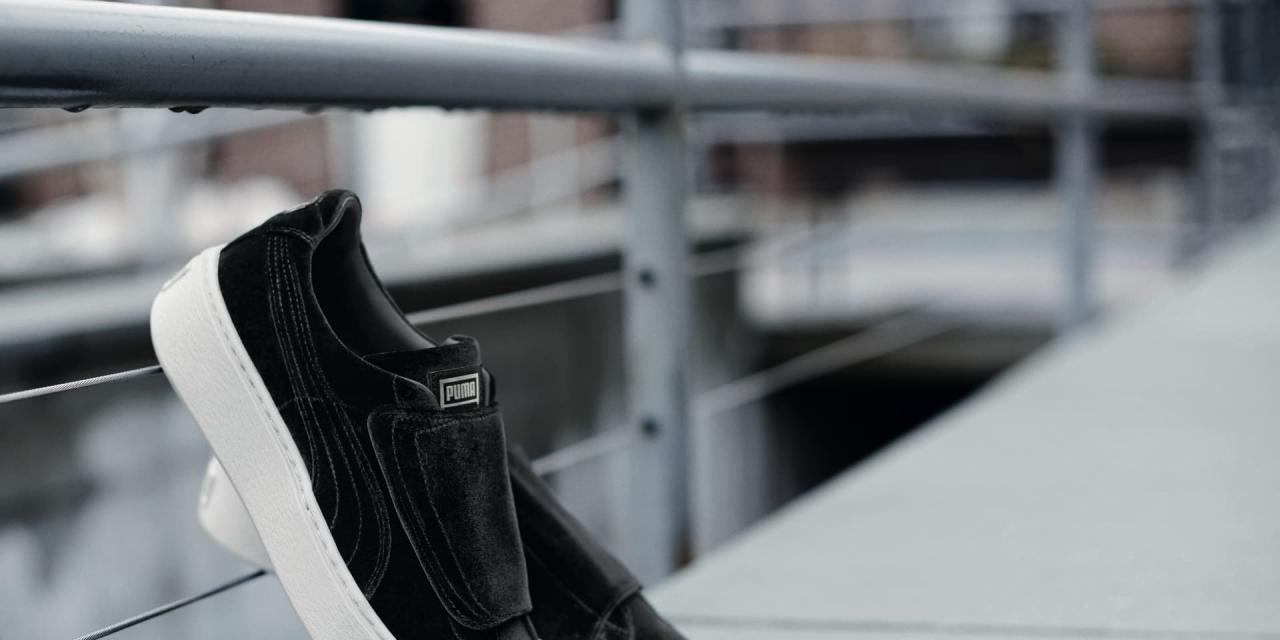
Both F1 teams – Red Bull Racing and Torro Rosso – will be equipped with fire-proof PUMA racing and team suits, boots and accessories. In addition to this, a lifestyle-inspired replica collection will be developed for both F1 teams and distributed exclusively in PUMA Concept Stores, the Red Bull Online Shop and the “Bullshop” at races worldwide. The sportlifestyle company will also be the official supplier (track suits, boots, apparel and accessories) of Red Bull Nascar team starting this race season.
Furthermore, PUMA will provide the Red Bull Air Race team with team and pilot suits as well as shoes and accessories. As the name already points out, Air Race is an air race competition, where the pilots maneuver their planes at a low altitude through Air Gates. This stunning acrobatic flying spectacle will globally take place 12 times in 2007.
“Our new partner Red Bull fits perfectly to the PUMA brand: Red Bull always delivers a convincing performance on the race track and like PUMA combines sport with lifestyle”, said Jochen Zeitz, CEO of PUMA AG. “We are looking forward to this new partnership where we will jointly set new benchmarks in the sportlifestyle segment and continue to inspire our customers with innovative and exciting motor sport products.”
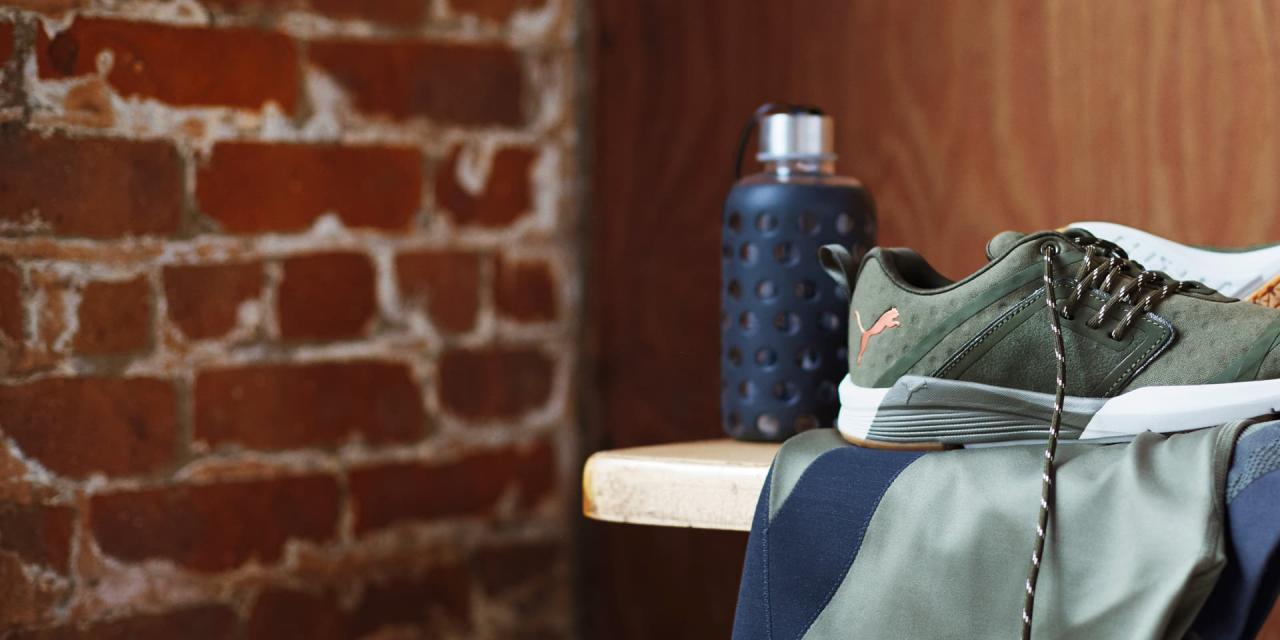
“We are proud to be sponsor of the “Squadra Azzura” beyond the World Cup in 2014. The long-term strategic partnership with the Italian Football Association underlines PUMA’s reinforced commitment to further strengthen its position as one of the leading football brands,” said Jochen Zeitz, CEO and Chairman of PUMA AG.
With the victory of the Italian “Squadra Azzura”, for the first time in company history, a PUMA sponsored National Team has won the World Cup in 2006.
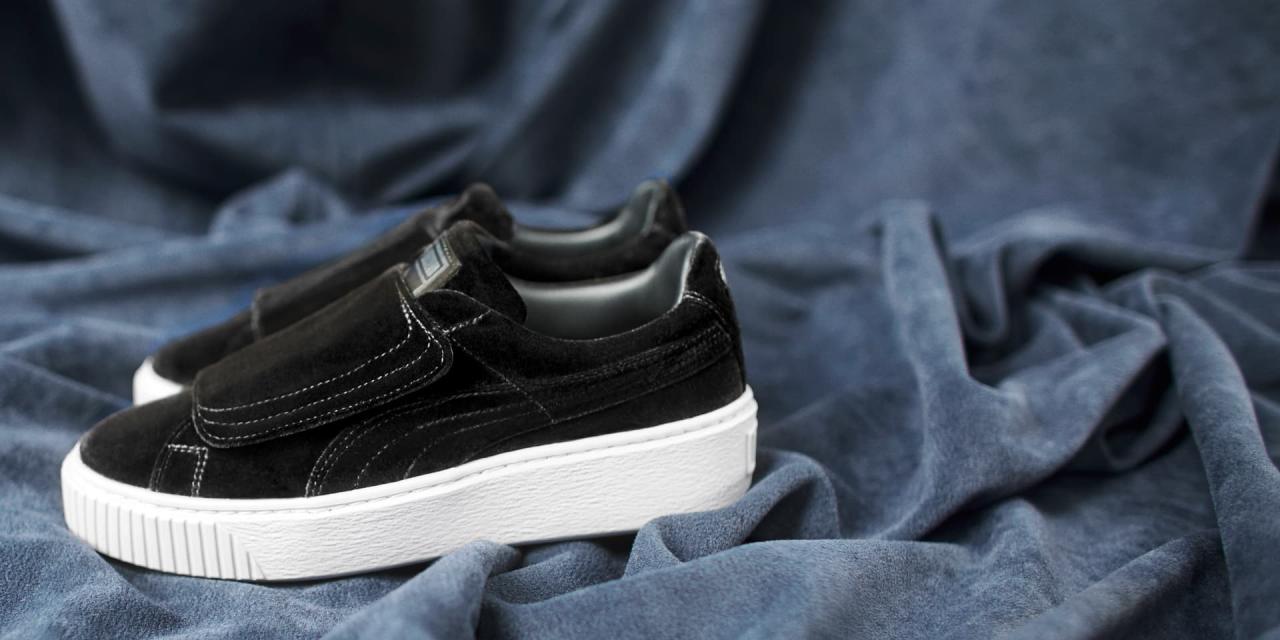
“We are thrilled to announce PUMA’s entry into the Volvo Ocean Race – one of the world’s iconic sporting events,” said Jochen Zeitz, CEO and Chairman, PUMA AG. “Its global reach, lifestyle appeal and true sporting characteristics match the PUMA brand perfectly and provide PUMA with exciting new opportunities to make a strong mark in the world of sailing, on and off the water.
This continues our strategy outlined in Phase IV of our long-term plan to expand into new product categories and explore the potential of the brand.”
Volvo Ocean Race CEO Glenn Bourke welcomed PUMA’s involvement in the race. “Obviously I am delighted for the Volvo Ocean Race that a company with such global gravitas as PUMA has decided to come on board,” Bourke said. “What I am most pleased about is that a big consumer brand sees the race as a viable mechanism for promoting its brand and showcasing its products. This race is hugely demanding psychologically, physically and emotionally on everybody involved in it and we are confident that our new partner PUMA has what it takes to support the racers with high quality and innovative Sportlifestyle products.”
The PUMA Racing Team will be skippered by Ken Read. Considered one of the world’s most accomplished racers, the U.S.-born Read has twice helmed America’s Cup programs in 2000 and 2003. He was named “United States Rolex Yachtsman of the Year” twice and has over 40 World, North American and National Championships to his credit. Read joined the Ericsson Racing Team for the last four legs of the 2005-06 Volvo Ocean Race and was immediately “hooked” by the boats and the race itself.
“Running and skippering a Volvo Ocean Race program is a dream come true. I’m very proud to be part of the PUMA Racing Team and to take the lead in this new and exciting venture with them,” says Ken Read. “I believe PUMA is the type of company that the sailing world needs, which can think outside the box and deliver this sport to an entirely new group of consumers. It’s going to be an incredible journey for all of us.”
The entry into competitive sailing extends PUMA’s focus into premium lifestyle sports – a category PUMA has forged through its Formula 1 partnerships, motor sports collaborations such as Ducati, and the launch of a Sportlifestyle golf collection in 2006. Through this latest venture, PUMA continues its growth plan by entering yet another premium category. It is expected to launch the first collection in mid 2008. However, PUMA’s engagement will require initial investments already beginning with Q2 2007. Further details of the Volvo Ocean Race program will be provided at a later stage.
The legendary around-the-world yacht race blends state-of-the-art design and technology, elite sporting performance and extreme adventure into one global event. The Volvo Ocean Race began in 1973 as the “Whitbread Round the World Race”. It is a high-endurance, physically-challenging race in the world’s fastest monohull, where men and women compete at the top of their game, sailing continent to continent, in an easterly direction around the globe. The race takes approximately nine months to complete, covers 39,000 nautical miles in challenging and often dangerous waters, and is broken into 11 separate legs. The Volvo Ocean Race 2008-09 challenge will have at least 12 ports of call, including ports in Middle East, India and Asia – places never before visited in race history.
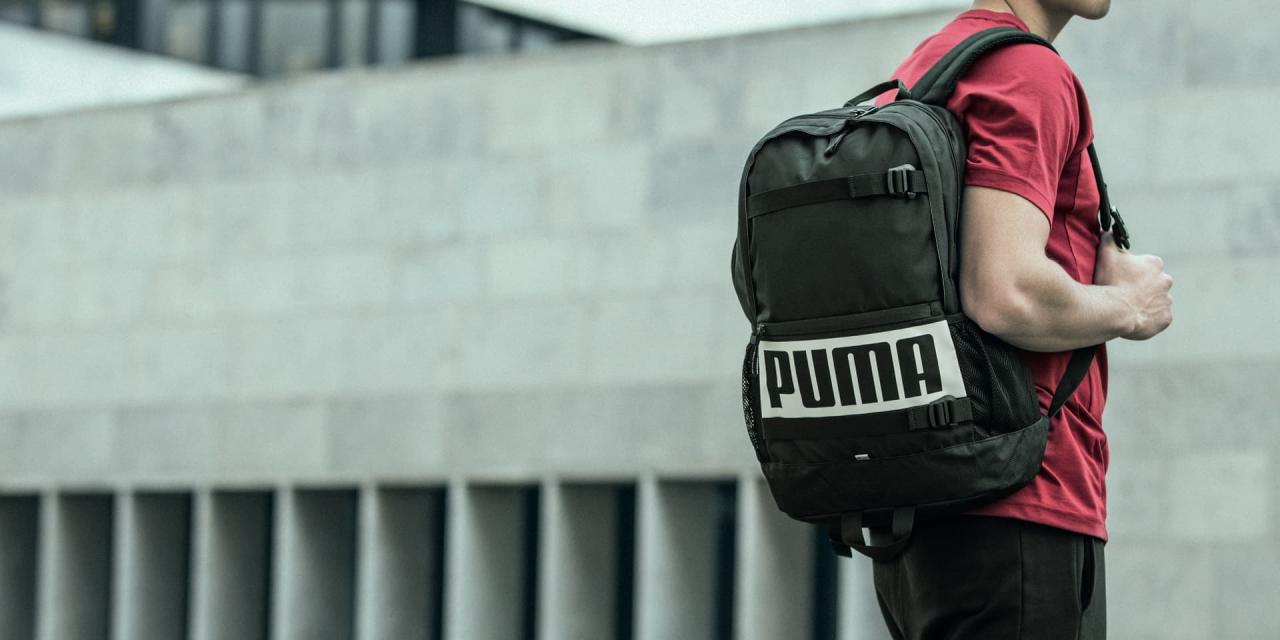
The agreement further consolidates PUMA’s strong brand identity with the excitement and passion of African football. Adding another African national team to the long list of PUMA-sponsored teams Ivory Coast, Ghana, Cameroon, Egypt, Tunisia, Senegal, Togo, Morocco, Mozambique, Angola and Botswana, puts PUMA squarely at the forefront of African football for the 2008 African Cup of Nations and the build-up to the 2010 World CupTM.
The Namibian Football Association was founded in 1990 and affiliated to FIFA and CAF in 1992.
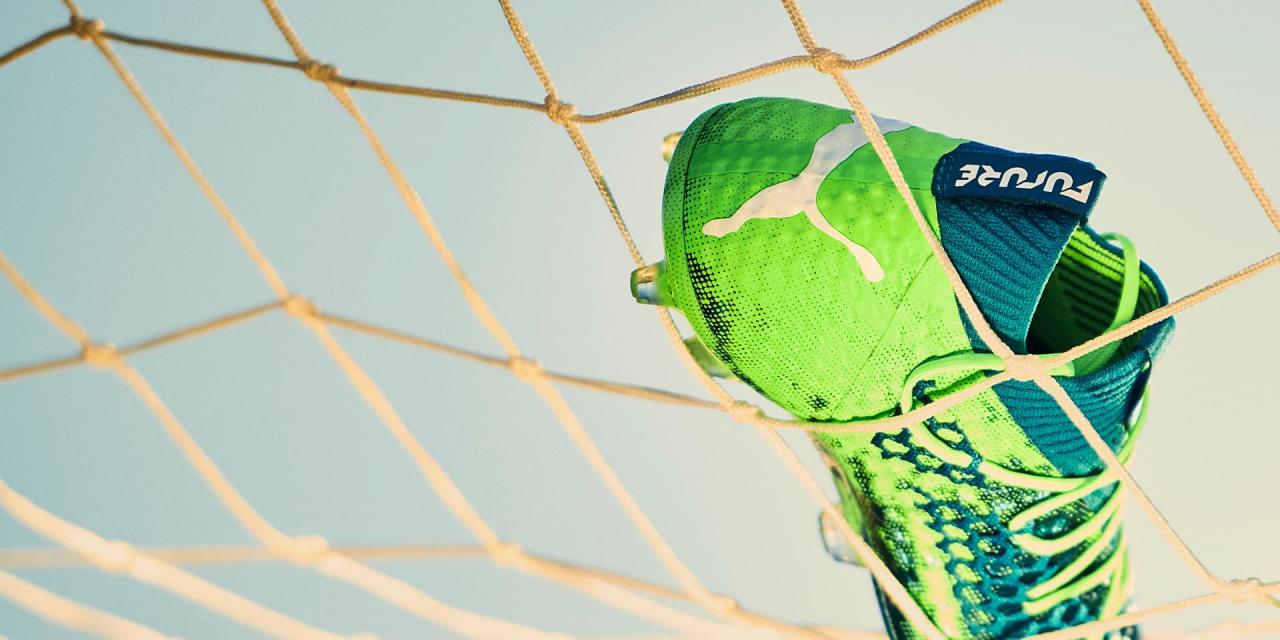
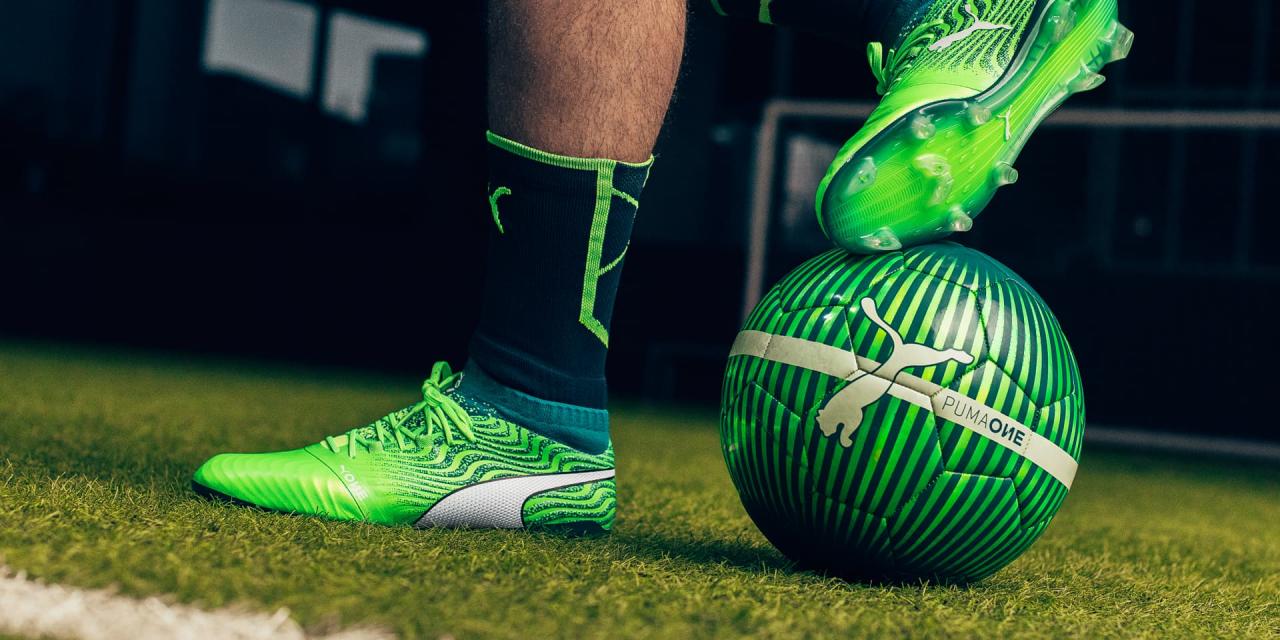
Jochen Zeitz, CEO of PUMA AG: “PUMA Korea will ensure to maximize the PUMA brand potential on the South Korean market with the aim to become the most desirable sportlifestyle company worldwide.”
With the new subsidiary PUMA accelerates its regional expansion in the Phase IV of the long-term company development plan. The South Korean market represents one of the largest markets for PUMA’s distribution in Asia. The aim of PUMA Korea is to fully explore the PUMA brand potential in the South Korean market in the coming years.
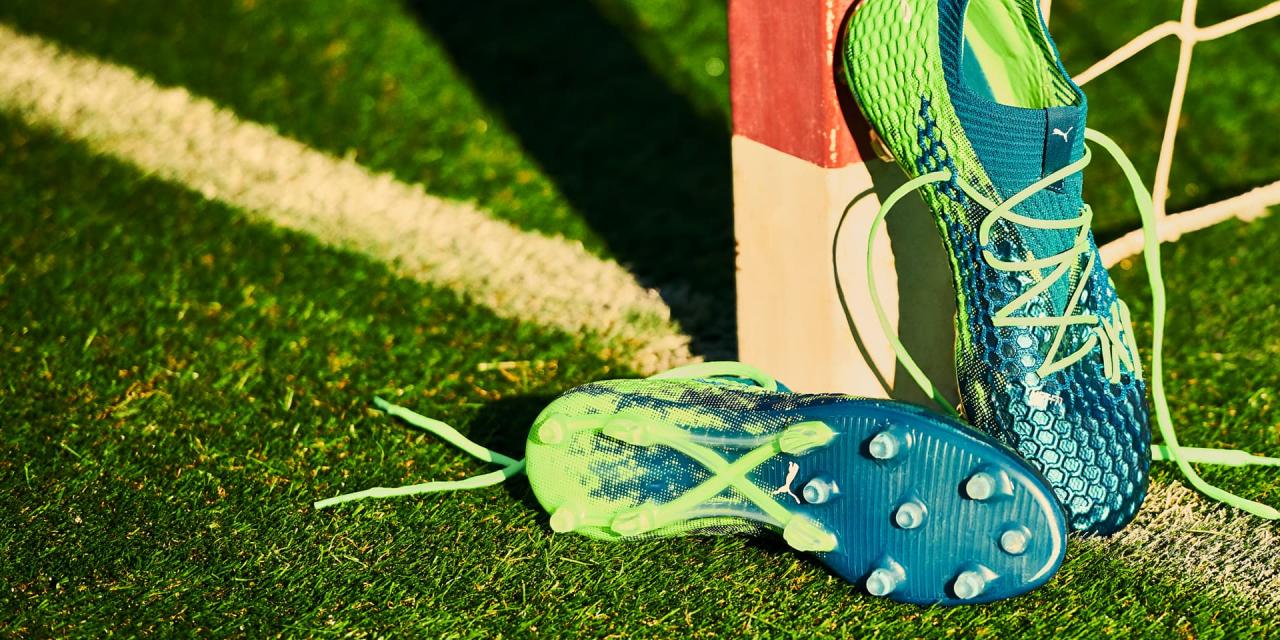
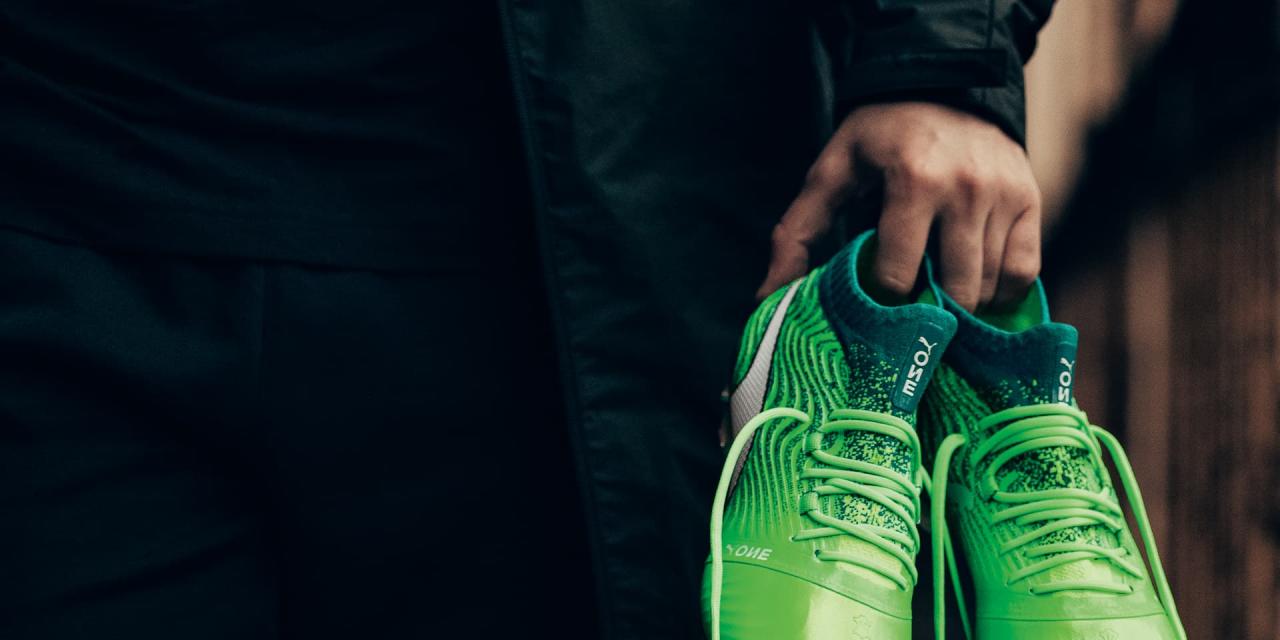
Jochen Zeitz, CEO and Chairman, PUMA AG: “The PUMA Board of Management is convinced that PPR, as one of the world’s top fashion and retail companies will be the perfect partner for PUMA, one of the world’s leading Sportlifestyle companies. Both companies have a European background and ideally complement each other with regard to their global perspective. With the support of PPR, we plan to strengthen our position as the leading company in the Sportlifestyle market with a continued focus on long-term sustainable growth.
The PUMA Board of Management unanimously believes that PPR’s engagement is in the best interests of the company and that the announced offer price per share of EUR 330 for the voluntary public take-over offer is fair. Based on a preliminary fairness opinion issued by Lehman Brothers and subject to review of the offer document, the Board of Management will recommend the offer to the PUMA Shareholders.
Last year PUMA strengthened its external design portfolio through a partnership with Alexander McQueen, which included a jointly-launched Footwear collection. Along with other top designers, McQueen is also part of the PPR Group. Going forward PUMA can utilize PPR’s premium segment design and sourcing expertise, contributing to the further improvement of PUMA’s product offering. Additionally, PPR’s experience in worldwide retail, wholesale and multi-brand management will provide valuable support to PUMA’s brand expansion plans.
In a “Letter of Intent“ to the PUMA Board of Management, PPR has emphasized its strong interest in PUMA and assures its solid confidence in the company as well as its full support regarding the implementation of the Phase IV goals of PUMA’s long-term development plan.
Francois-Henri Pinault, CEO and Chairman of PPR: “PUMA is one of the leading Sportlifestyle companies in the world. The successful expansion strategy as well as the long-term growth potential of PUMA complement the PPR portfolio perfectly. We guarantee PUMA’s continuity as an autonomous company within the PPR Group and we will support the management with our resources and our know-how in strengthening PUMA’s unique brand positioning.
In the context of the planned transaction there will be no changes with regard to staffing. The PPR Group acknowledges and fully supports that the current board, management and employees of PUMA will continue to work on the successful implementation of the company’s strategy. The employees of PUMA have contributed importantly – with their passion, their creativity and their continuous innovation – to the success of PUMA. The “Letter of Intent” of PPR furthermore states that these corporate values will be ensured in the future. Additionally, all PUMA locations including headquarter locations in Herzogenaurach, Hong Kong and Boston will retain their full independence.